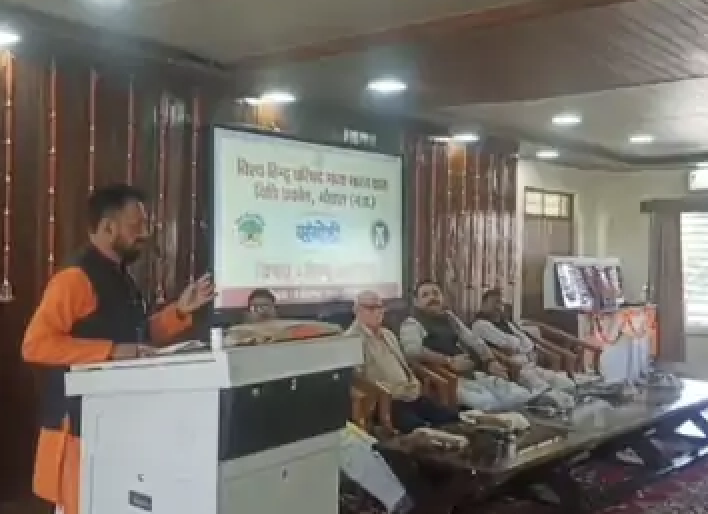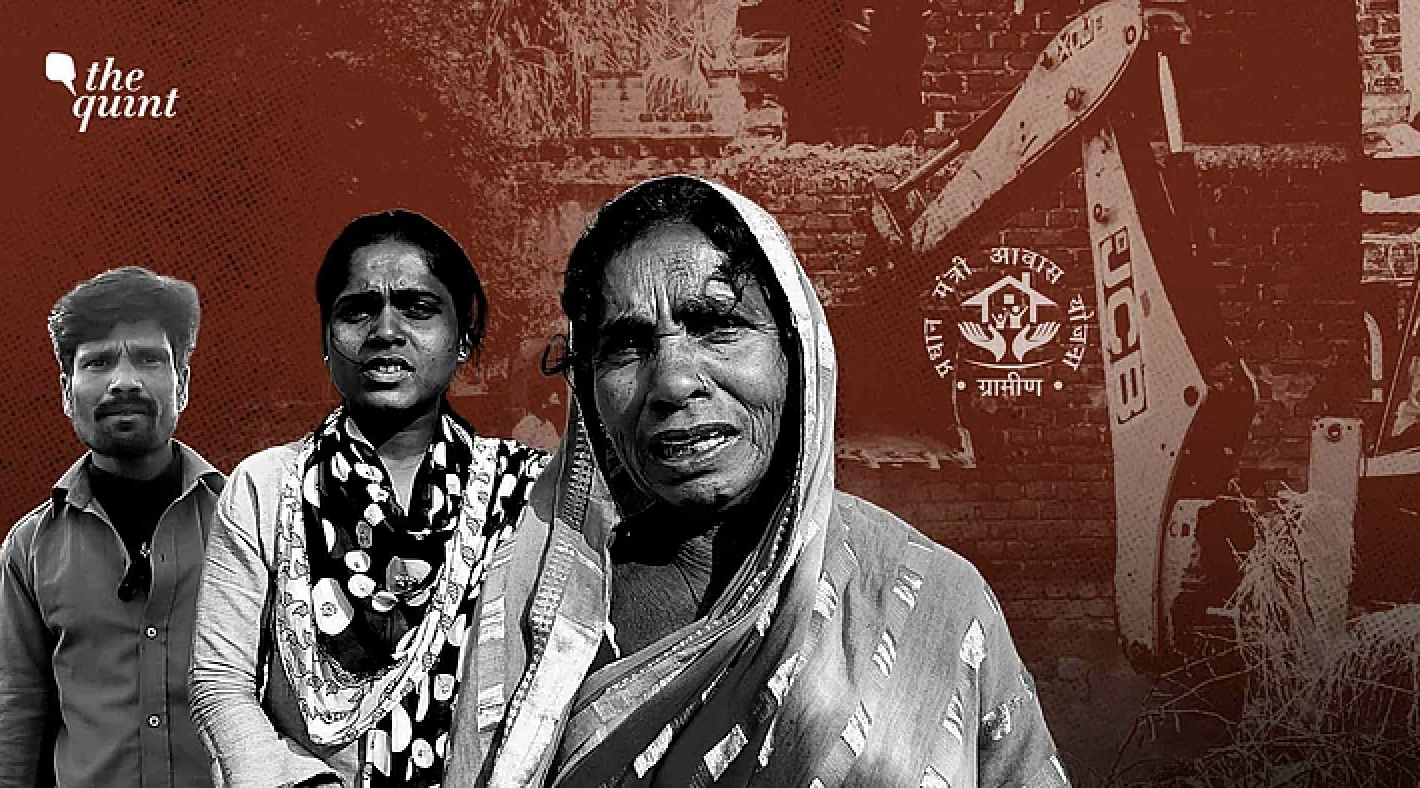By Hany Babu and Surendra Gadling
Originally published on The Proof of Guilt blog, this post was written by Hany Babu and Surendra Gadling, who have been detained in prison as ‘undertrials’ since 2018 and 2020 respectively. This piece was published simultaneously with the Indian Constitutional Law and Philosophy blog.
Dedicated to the fellow undertrial prisoners languishing in the prisons of India with the hope that the system would sooner than later wake up to their plight; and that one day prisons, if not still obsolete, would at least have become places where those proven guilty are held, and not places that incarcerate those who are presumed to be innocent.
The primary author would like to thank his co-defendants, Arun Fereira and Vernon Gonsalves, for the enriching discussions – stolen at times in the corridors of the court, at times on the drives to and from the court, and at times in the ‘After’ hours; Vernon, for his characteristically incisive remark ‘You need to think more!’ after going through – what I now realise was – a much cruder earlier version of this piece even before the BNSS had kicked in; and Arun, whose name may have been among the authors had their Lordships not set him free, for owning the idea that the Code should have more provisions for statutory bail. Needless to say, neither of them is to shoulder the shortcomings of this piece.
Introduction
“How long is too long a period of incarceration as an undertrial for a court to conclude the right of speedy trial is defeated?”
This was a question raised by the Delhi high court in Mohamed Hakim v. State (NCT of Delhi) 2021 SCC OnLine Del 4623, in the context of the grant of bail for an undertrial prisoner. We raise a similar question regarding the maximum period of detention permissible by law for an undertrial prisoner.
Section 479 of the Bharatiya Nagarik Suraksha Sanhita, 2023 (BNSS), the section that deals with the question of the maximum period that an undertrial can be detained, largely reproduces the language of its predecessor, Section 436-A of the Code of Criminal Procedure, 1973 (CrPC), the clause that no person should be imprisoned for a period exceeding the maximum period of punishment specified for his offence.
This essay argues that the existing law, which allows a person to be detained for a period equal to the maximum period of imprisonment specified as punishment for his offence, only serves to legitimise the award of “surrogate punishment” equivalent to the maximum punishment to that person, without conducting trial and determination of the question of guilt or innocence of that person according to procedure established by law.
Such a law has no place in the statute book if presumption of innocence is one of the cornerstones of criminal jurisprudence.
This story was originally published in thewire.in. Read the full story here.






